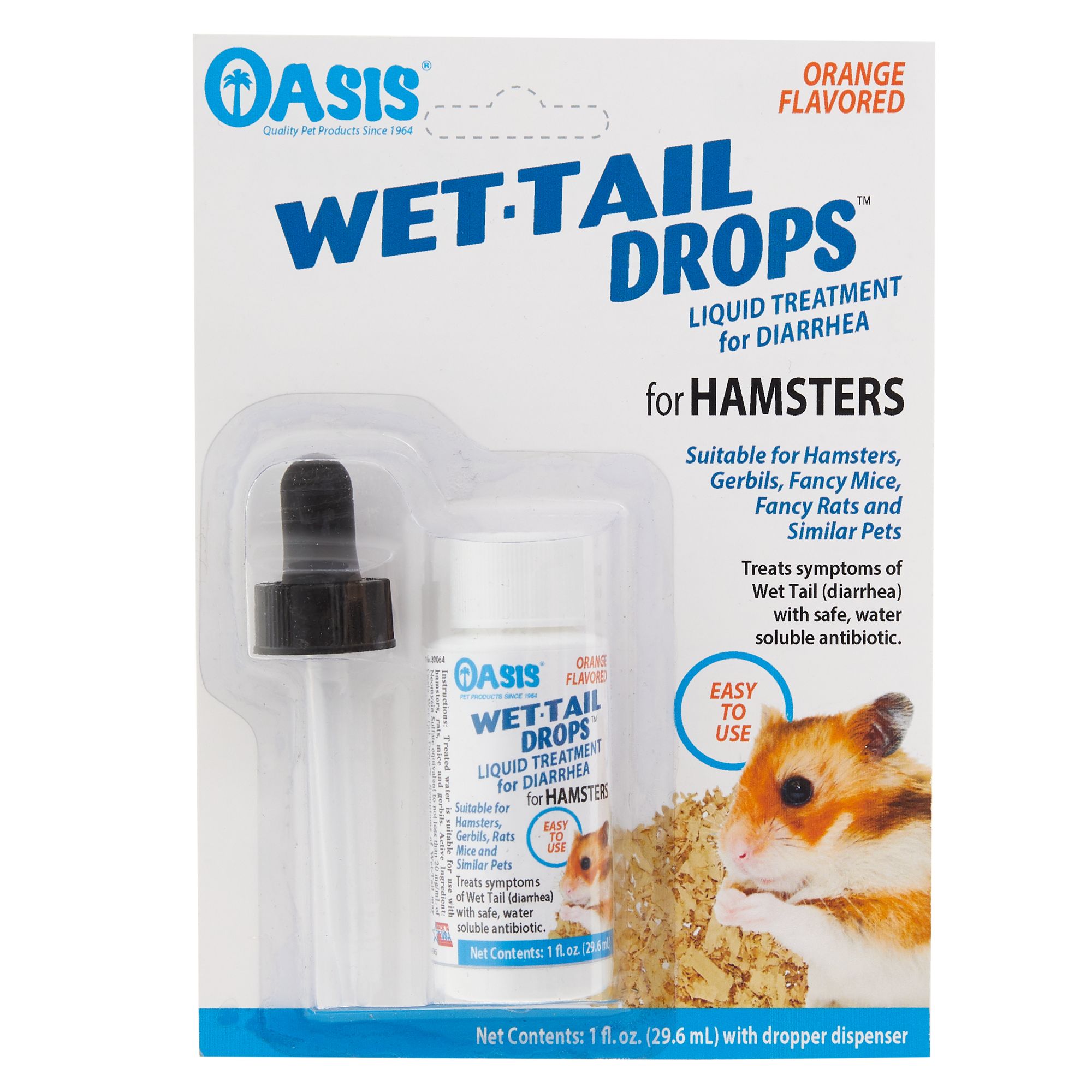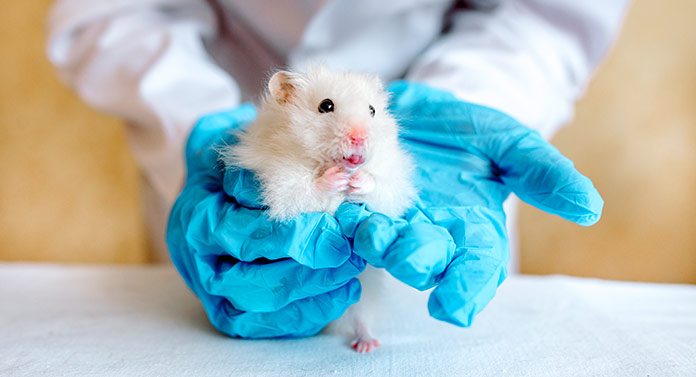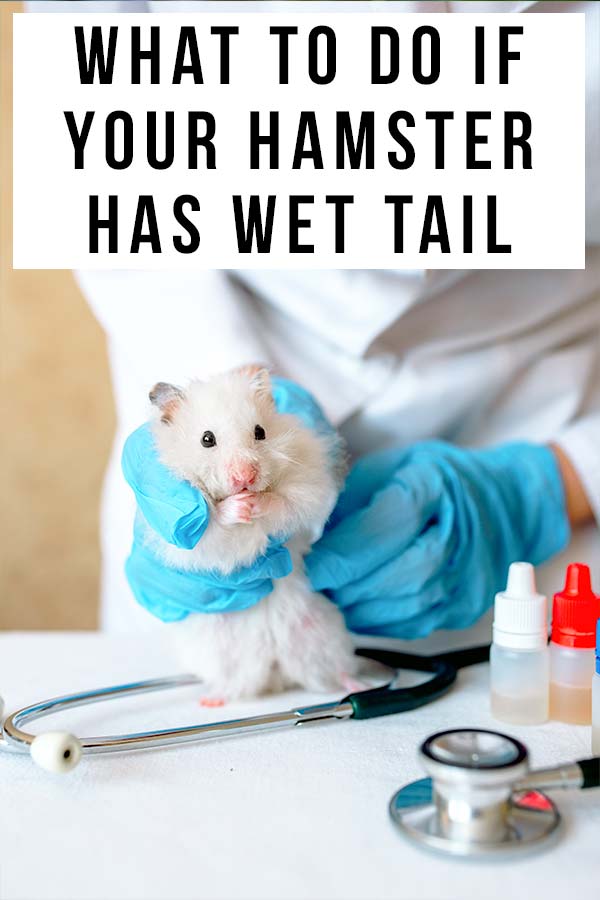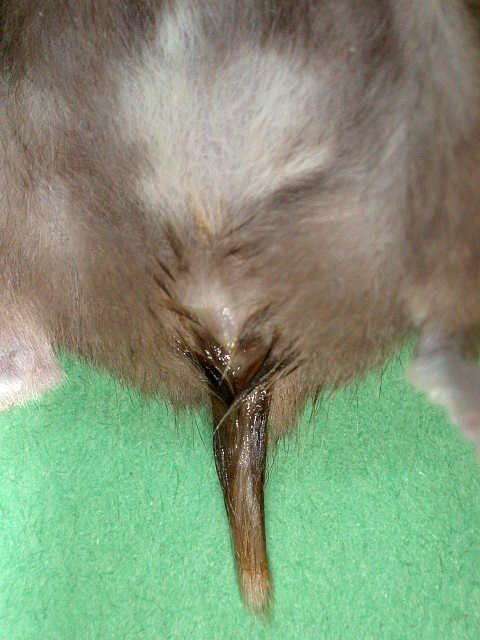Smart Tips About How To Prevent Wet Tail In Hamsters

Below are several useful tips:
How to prevent wet tail in hamsters. The treatment may or may not be effective, as the majority of hamsters with wet tail die soon after contracting this. Ease transition to a new home consider giving your new. When choosing a new hamster to bring home, look for signs of.
Make sure you clean their cage regularly to prevent reinfection and keep. Too many hamsters are kept in cages that are too small. Never ever shower your hamster, yet if their tail looks a little.
Therefore, the first principle to prevent wet tail is to make your fluffy relaxed and comfortable. Leave him alone understandably, you are curious. Many exotic veterinarians advise using prophylactic (i.e., preventative) antibiotic drops for young hamsters moving to new.
Preventing wet tail is a key component to avoiding this terrible and deadly disease. While wet tails may refer to different reasons that cause the hamster’s tail to become all wet and smelly, the real “wet tail” is the deadly bacterial infection called “proliferative ileitis” or “regional. You can prevent wet tail by causing your hamster no stress.
It’s not possible to completely prevent wet tail, but you can significantly reduce your hamster’s risk of contracting it. Ensure that your pet is eating the correct diet. A large and clean cage.
Foods with too much water content like lettuce and cucumber should be moderated to a minimum. Wet tail is, in fact, a syndrome and not a single disease. Precautions to take to avoid wet tail are:








/you-have-called-me-dwarf-hamster-6-weeks-old-184337772-5848b1065f9b58dccc9fc10c.jpg)









